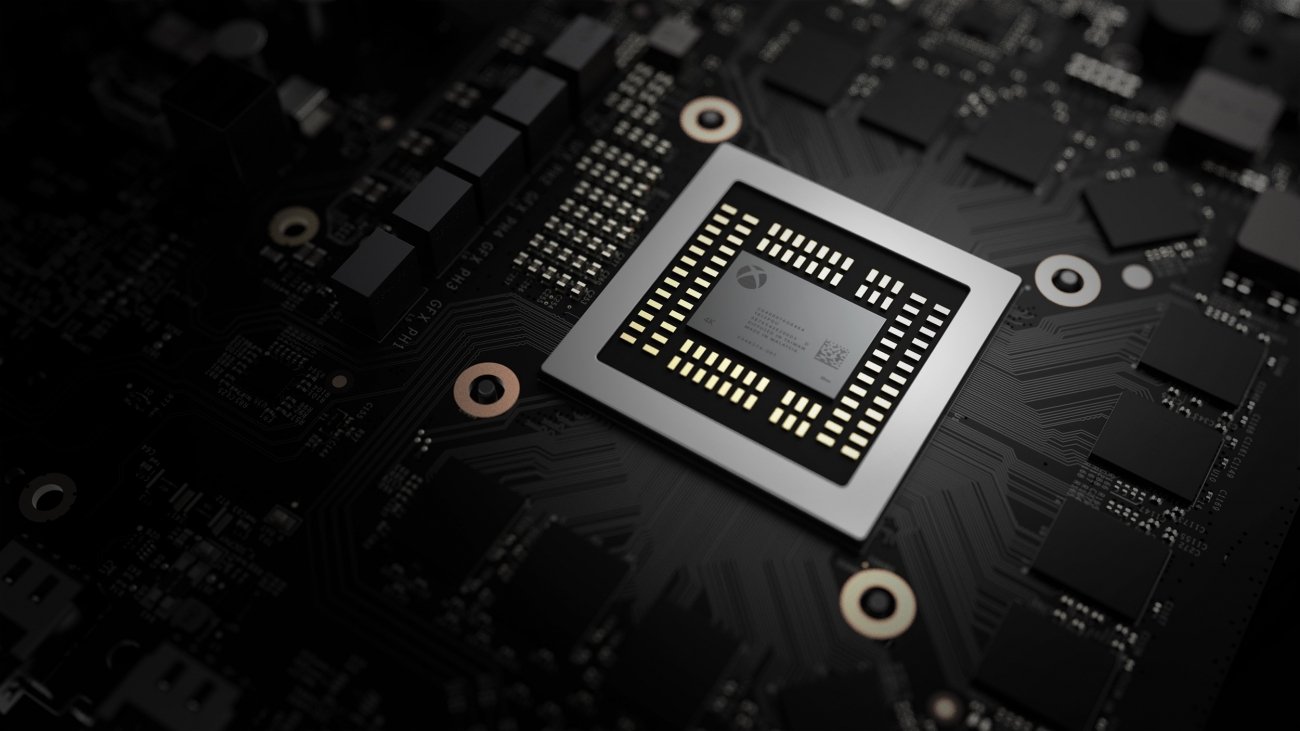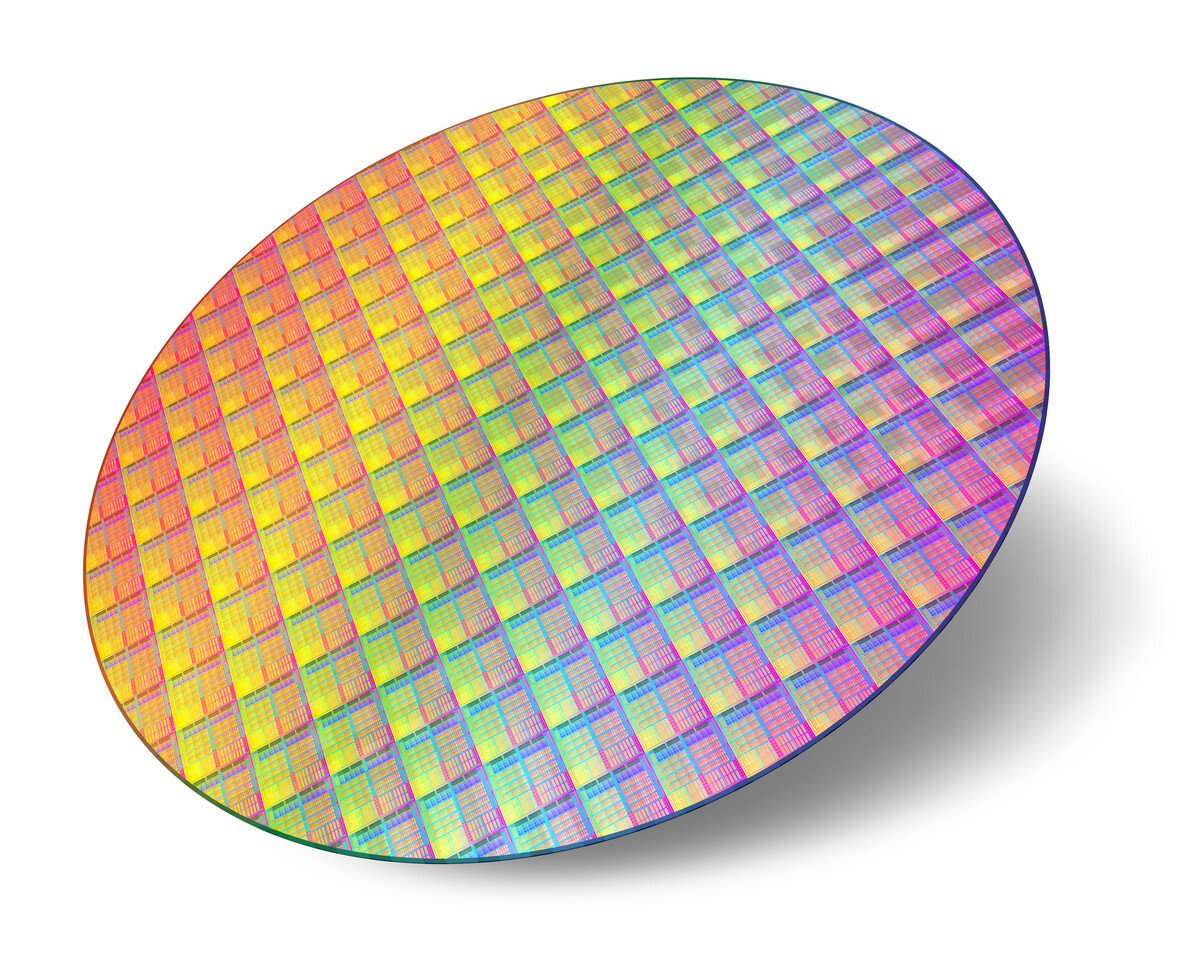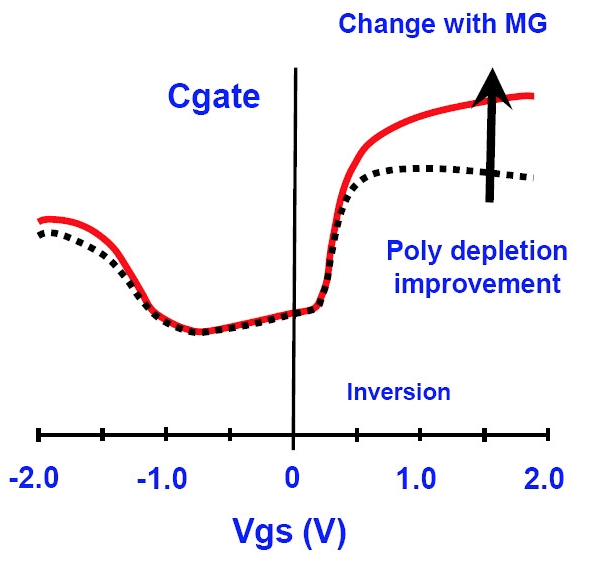Negotiator
Banned
Wide and slow means a bigger die, so lower yields. Also, you need more PCB layers for the additional traces, which increases costs a bit.Im talking in regards of CUs versus high clocks not necessarily memory bus width
eg. having a 12TF vs 12TF gpus except one less CUs/higher clocks vs more CUs/low clock.
Narrow and fast means a smaller die, so higher yields, but cooling becomes more challenging (so you'll have to invest more money there).
It's a trade-off.
We've seen 512-bit bus GPUs since the GDDR3 era:
https://www.techpowerup.com/gpu-specs/radeon-hd-2900-xt.c192 (80nm GPU)
Launch Price 399 USD
And this one with GDDR5:
https://www.techpowerup.com/gpu-specs/radeon-r9-390.c2664 (28nm GPU)
Launch Price 329 USD
From a technical perspective, it's not totally unrealistic to manufacture a 512-bit bus APU.
Keep in mind that 7nm (let alone with EUV) is far more dense than 28nm or 80nm in regards to memory controller die size.











